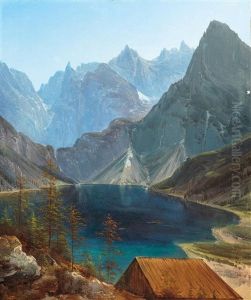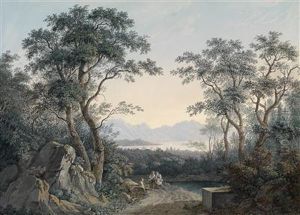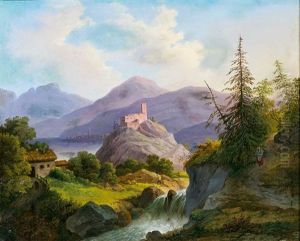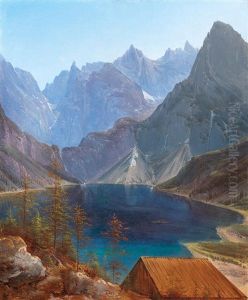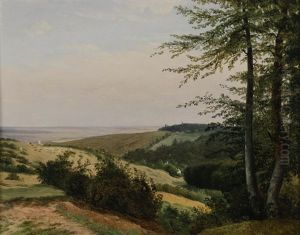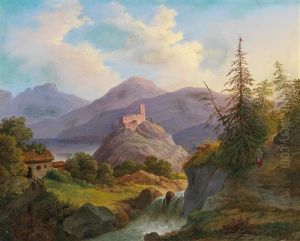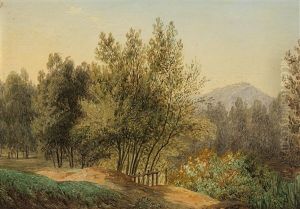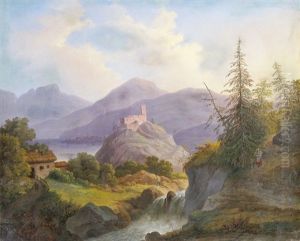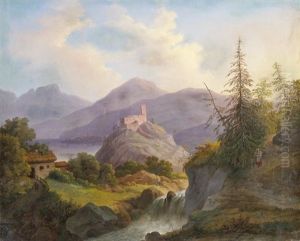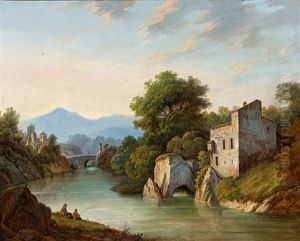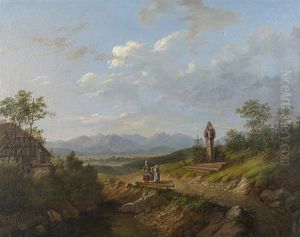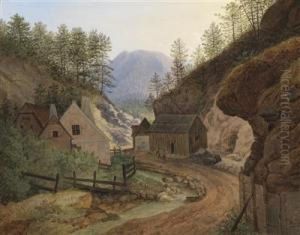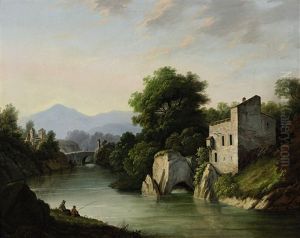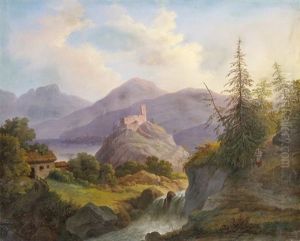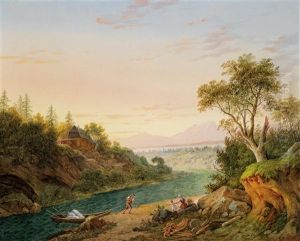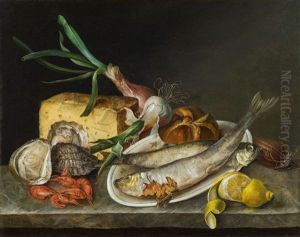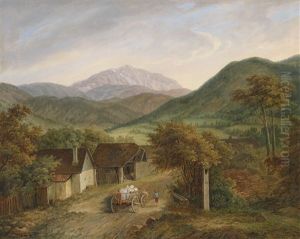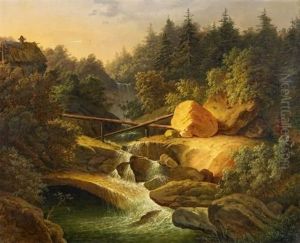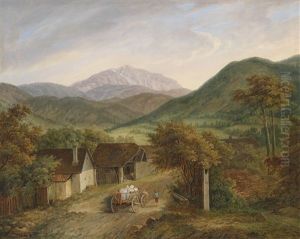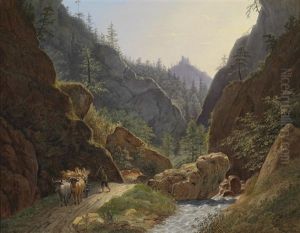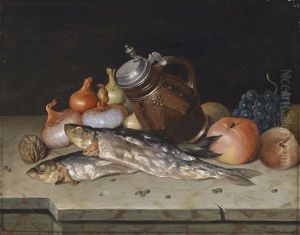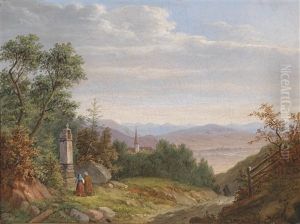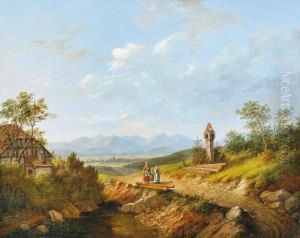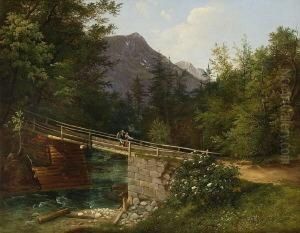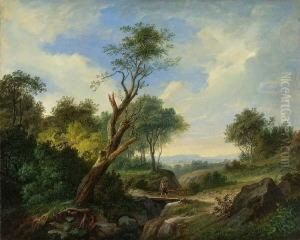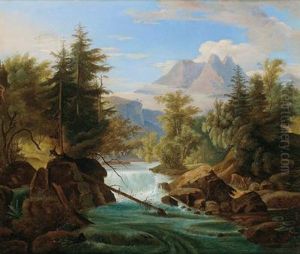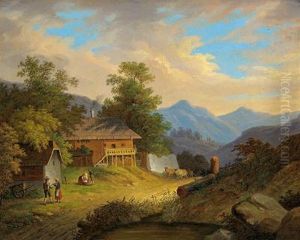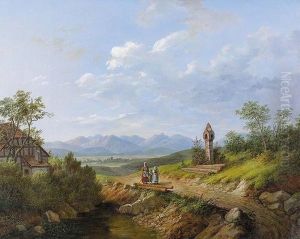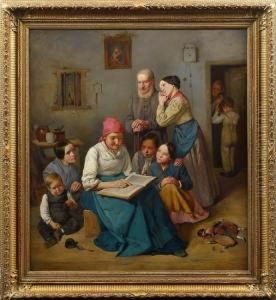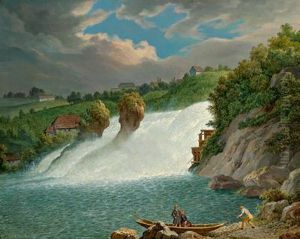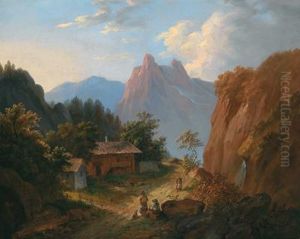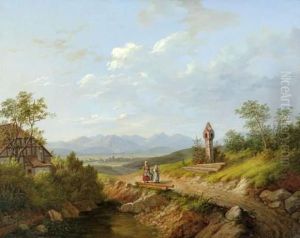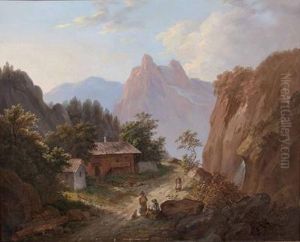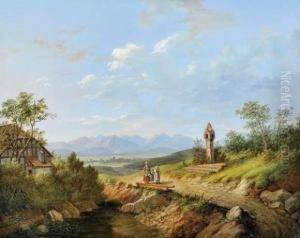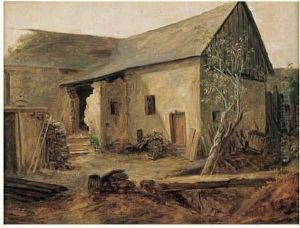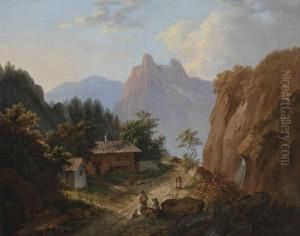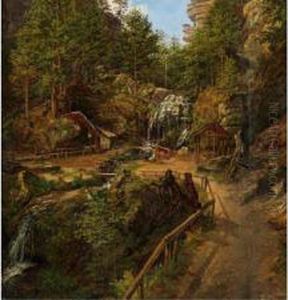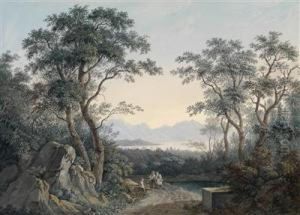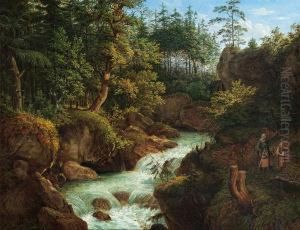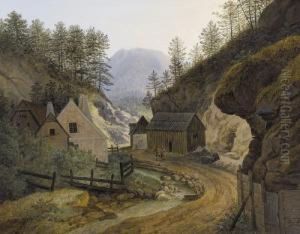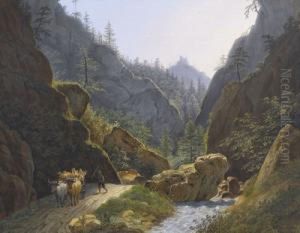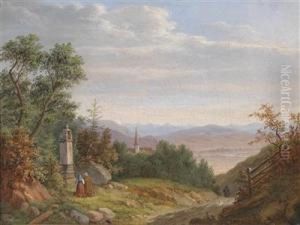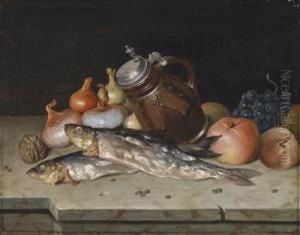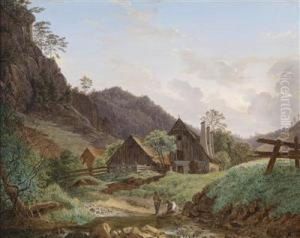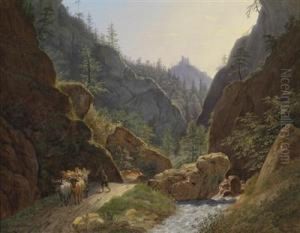Matthias Rudolf Toma Paintings
Matthias Rudolf Toma, sometimes referred to as Mathias Rudolf Toma, was an Austrian painter born on January 27, 1792, in Vienna. Toma was known for his genre paintings, portraits, and landscapes which often depicted the Austrian countryside and rural life during the Biedermeier period, a time that emphasized simplicity and a return to traditional values in the arts.
Toma began his artistic education at the Academy of Fine Arts Vienna, where he studied under the guidance of noted artists such as Heinrich Füger. His early works were influenced by the neoclassical style, but he later developed a more personal and intimate approach that was in line with the Biedermeier movement.
Throughout his career, Toma was a prolific artist, creating a vast number of works that were popular in his time. He was particularly renowned for his ability to capture the essence of his subjects with a sense of warmth and sincerity, which made his paintings well-received by the public. Toma's genre scenes often featured everyday life, with a focus on the joys and sorrows of the common people.
Despite his success, Matthias Rudolf Toma remained largely a local figure, and his works were most appreciated within the Austro-Hungarian Empire. Today, his paintings can be found in various museums and private collections, offering a glimpse into the social and cultural life of 19th-century Austria.
Toma continued to paint and contribute to the art world until his death on July 25, 1869, in Linz. His legacy is that of a dedicated artist who captured the spirit of his time through the lens of the everyday life of his contemporaries. Although not as widely known as some of his European counterparts, Toma's work provides valuable insight into the Biedermeier period and remains of interest to art historians and collectors alike.
